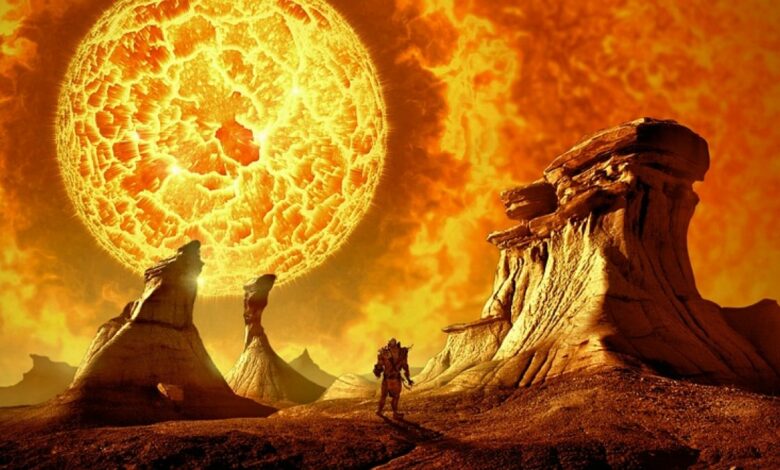Could a supernova threaten Earth’s survival? Here’s what you need to know

A supernova, an explosive end to a star’s life cycle, has the potential to impact planets in its vicinity, including Earth. If a star were to go supernova a short distance from our planet, the radiation it emits could have catastrophic consequences for life as we know it. However, any significant threat would depend on the distance and type of the star. A supernova would have to be within about 25 to 30 light-years of Earth to disrupt the atmosphere enough to cause serious ecological damage, especially through the depletion of the ozone layer, which protects us from harmful ultraviolet (UV) radiation . Fortunately, no stars with imminent supernova potential exist at this distance from Earth.
Supernova risks and distance
Betelgeuse, about 650 light-years away, is one of the most prominent supernova candidates, but its distance means it doesn’t pose a real threat. If it explodes, it would produce a spectacular but harmless light show visible from Earth. According to According to Professor Paul Sutter, an astrophysicist, the closest potentially dangerous star is Spica, located 250 light-years from Earth, well outside the range that would pose a significant risk to our planet’s biosphere.
Potential effects of a nearby supernova
If a star within the critical radius of 30 light years exploded, the consequences would be serious. The emitted radiation, including X-rays, gamma rays and cosmic rays, could disrupt the molecular bonds in Earth’s atmosphere. This disruption would likely lead to the formation of nitrogen oxides, which are known to deplete the ozone layer. With a weakened ozone layer, the sun’s UV radiation would be more intense, threatening the survival of photosynthetic organisms and potentially destabilizing ecosystems.
The threat of gamma-ray bursts
Although rare, gamma-ray bursts (GRBs) are also recognized for their destructive potential. These events are caused by hypernovae, or neutron star mergers, and release powerful beams of radiation that can reach thousands of light years. Although GRBs are harder to predict and less understood, they pose a greater risk because of their highly concentrated energy, which could threaten life on Earth even from greater distances.
Long-term outlook and galactic positioning
As the solar system moves through the Orion arm of the Milky Way, astronomers suggest the chances of a nearby supernova could increase. Despite this, the chances of Earth experiencing such a close and dangerous supernova event remain small; this is estimated to occur only a few times per billion years. Although unlikely, a supernova event in this range could alter Earth’s biosphere, as some scientists theorize during a mass extinction event about 360 million years ago.




